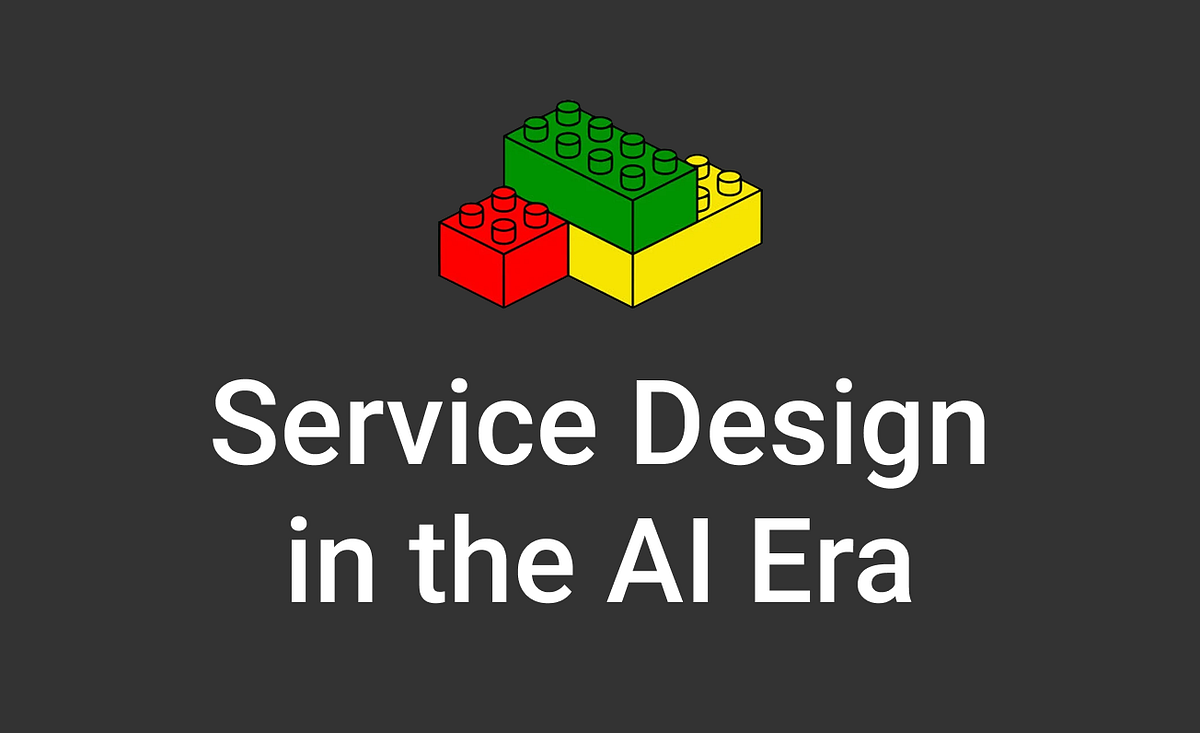
"Service design is all about creating seamless interactions between humans and services. The ultimate goal of service design is to streamline experiences, enabling people to achieve more in less time and with less effort. Traditionally, companies invested significant time and resources into making user journeys as easy as possible. Before the AI revolution, this was achieved through digitalization and automation of routine operations. But in the era of AI, the focus is shifting - from automation to AI agents. In this article, I'll discuss how service design will evolve in this new era."
"Well-crafted automation is an integral part of any effective workflow. By automating processes, organizations can save users many hours of manual human labor and minimize the risk of human error. However, traditional automation has one major limitation - fixed rules. These rules define the pathways that a system follows when serving a user. As the number of rules grows, the system becomes increasingly complex and difficult to manage. Eventually, organizations often need a dedicated specialist (or even a team) to maintain and adjust those rules to fit changing realities."
"Another limitation is hard-coded determination. Traditional automated systems can be predictable, but they lack the ability to evolve or quickly adapt to new circumstances. AI agents represent a fundamental shift in how we think about automation. Many people even avoid using the term automation when referring to AI agents, because AI is not just an automation tool - it's an active participant in the ecosystem we build for users. AI agents can perform tasks autonomously on behalf of both users and organizations. This fundamental difference will reshape how services are designed and delivered."
Service design focuses on creating seamless interactions that enable people to achieve more with less time and effort. Historically, organizations improved user journeys through digitalization and rule-based automation to reduce manual work and errors. Rule-based automation becomes complex as rules proliferate and requires specialists to maintain and adjust pathways. Hard-coded systems are predictable but unable to evolve or quickly adapt. AI agents differ by acting as autonomous, adaptable participants capable of performing tasks on behalf of users and organizations. The shift from fixed automation to AI agents will change how services are designed, delivered, and managed, emphasizing independence and adaptability.
Read at Medium
Unable to calculate read time
Collection
[
|
...
]